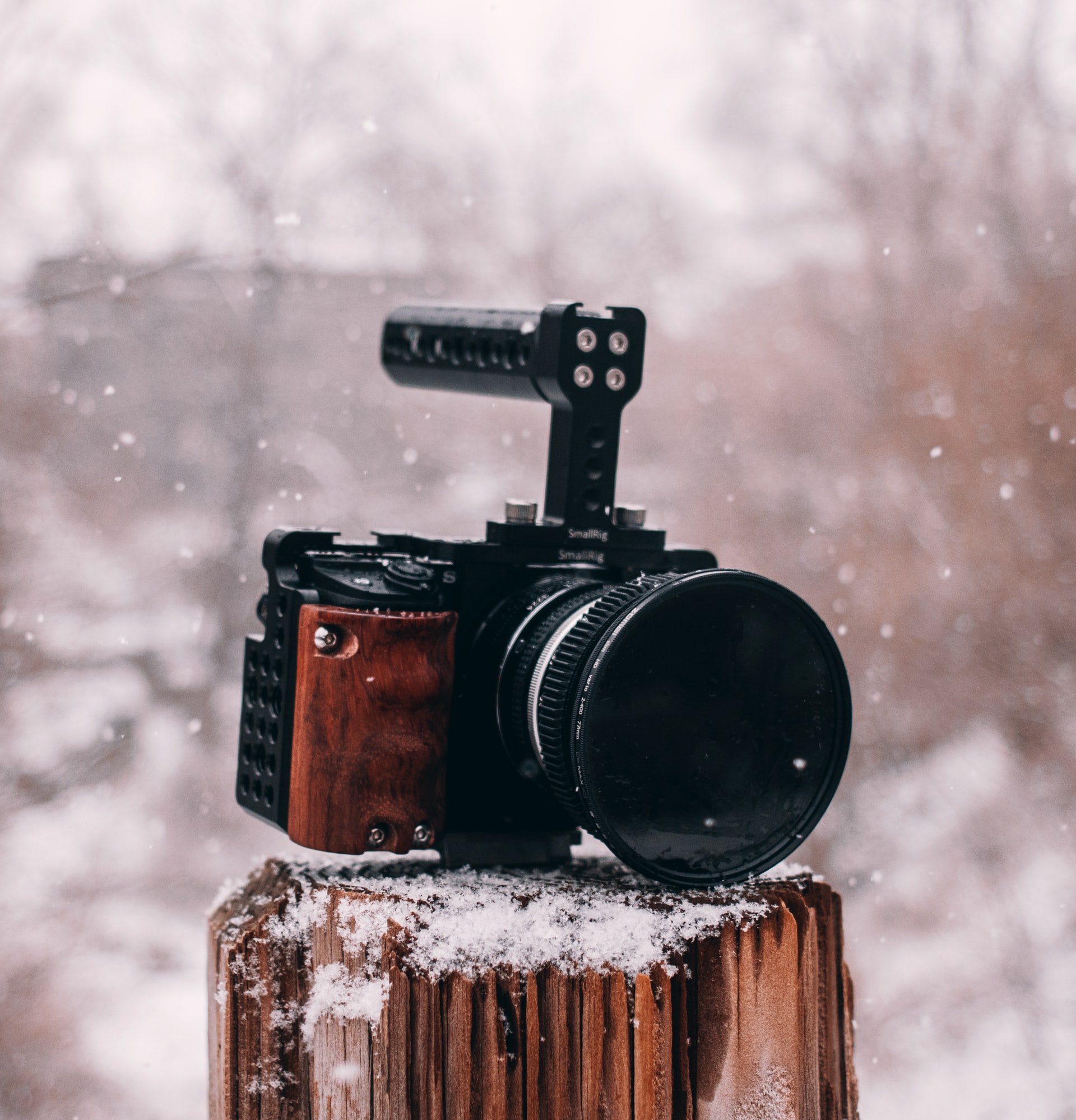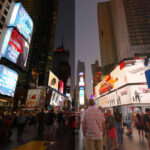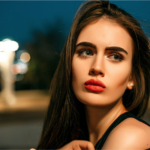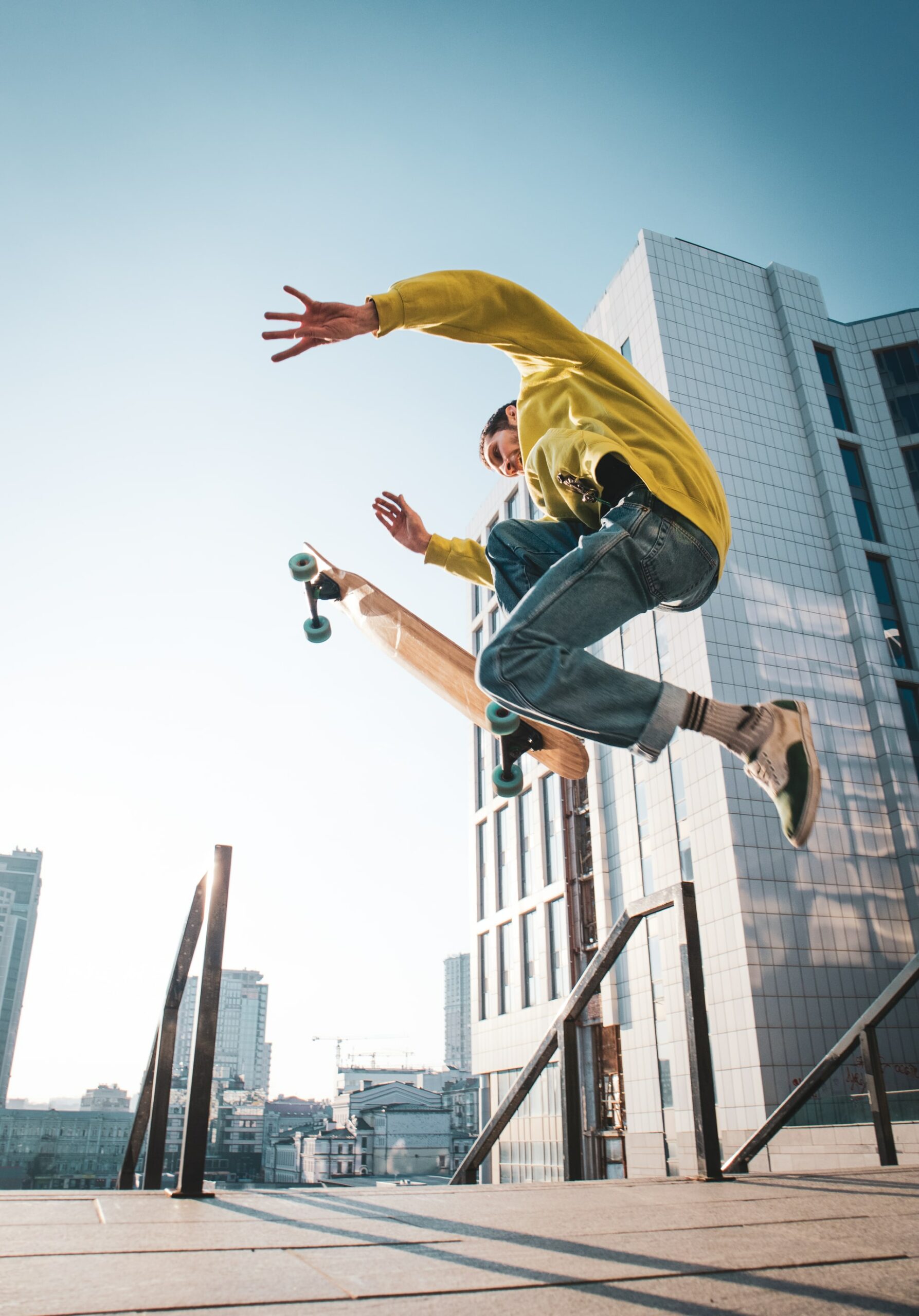
Photography has witnessed unimaginable advancements in recent years and that includes evolution both in software and hardware. Some of these groundbreaking progressions come from AI technology for photography.
IBISWorld estimated that the market size of the photography industry, measured by revenue, is 11.5 billion in 2022. This makes it one of the largest industries in the US.
Photography is constantly evolving, be it the popular styles like the bokeh effect, advancement in equipment, or editing and enhancement.
Modern-day photographers rely on software as much as hardware to capture images, edit and refine them to make them spectacular.
What is the latest game-changer?
Introduction of AI technology.
Artificial Intelligence today can recognize and describe the content in a given photograph or video. It has become smart enough to mimic our capacity to observe elements in an image and accurately caption them in English. There’s also the emergence of Generative AI, and its capability to produce text to image content with programs such as Freepik AI Image Generator, Image Textify, and Open AI’s DALL-E or even text-to-speech content with AI voice generators.
AI is taking photography as a skill and an industry to a whole new level.
Read on to explore how AI technology for photography is causing some of the biggest changes.
Let’s get right into it.
How is AI Technology Changing the Photography Landscape
AI can simplify our lives in many ways. Right from helping us run mighty industries to making CRM tools more efficient, the influence of AI can be seen everywhere.
Here are 8 prominent ways AI technology for photography is creating big waves in the industry.
Take a look.
1. Facial Recognition
Do you unlock your smartphone by holding it in front of your face? Then you probably know what face recognition is. This AI program is fast becoming a de-facto feature in most smartphones since Apple introduced Face ID in 2017.
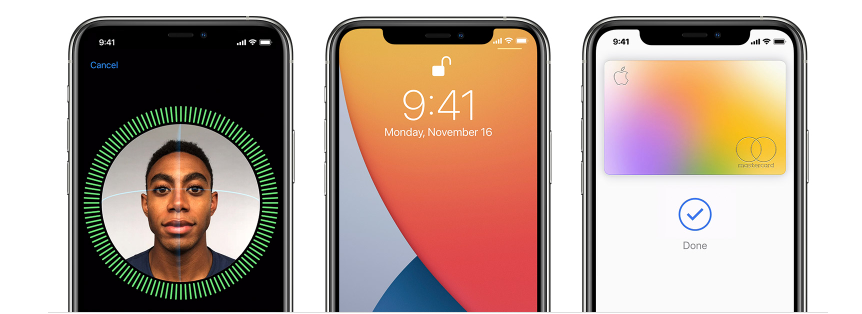
Front cameras on our phones have grown from merely taking selfies to being a window to the world. Be it attending meetings through platforms like Zoom or going live on Instagram, our phone’s front camera is our eyes.
What’s more?
It has now grown into a high-level security key to unlock your device. Assisted by deep-sensing sensors and biometric applications, today’s cameras are not only capable of recognizing your face but can also learn about the changes like your hairstyle or when you do away with your beard.
Machine learning can be a great asset for photographers. You can easily organize your photographs on your laptop. Law enforcement agencies use cameras with face recognition capacity to track suspects and look for victims too.
2. Environment Recognition
AI technology for photography has changed the way a camera reads its surroundings. Smartphone cameras come with built-in settings like the Portrait mode that can distinguish between the subject in the foreground and the environment around.
How does this AI technology for photography improve the quality of the images?
This capacity to recognize the subject helps the camera focus entirely on the subject being photographed. At the same time, it’s able to blur the background to deliver a more enhanced image.
3. Image Editing
The major impact of AI technology on photography can be seen in image editing. And as a professional photographer, that’s always one thing you would want to simplify.
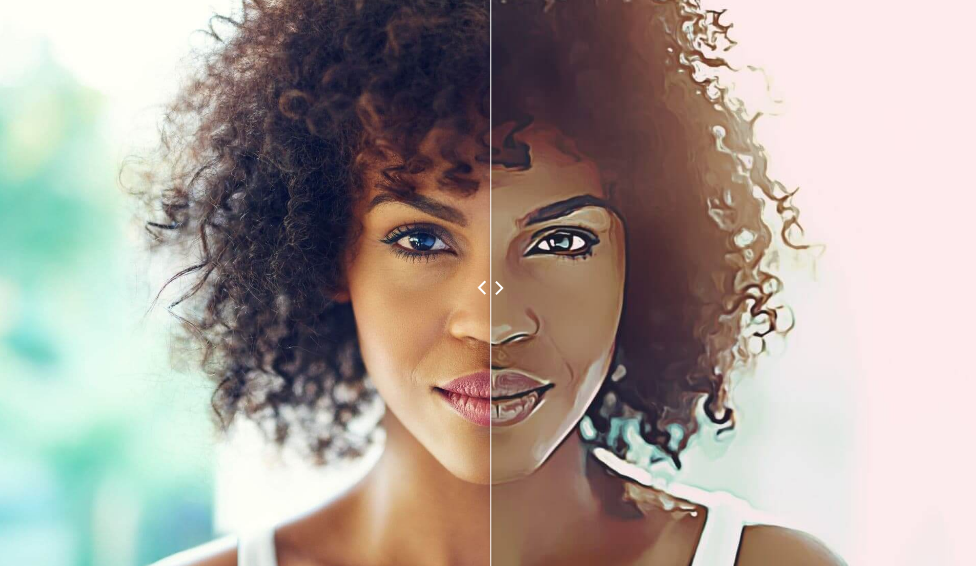
AI has opened a whole new horizon for photographers to play with the next level of editing features to achieve the finish that they desire.
Image Enhancing
One quick look at any photographer’s creator account on Instagram, and you will drool over their perfectly edited photographs.
While there are several features in Photoshop and other editing software solutions to enhance images, doing it manually is cumbersome.
AI technology for photography holds the perfect solution in the form of Deep Convolutional Neural Networks (CNNs).
Using AI-powered editing software you can now improve the quality of a photograph by fixing color, resolution, contrast, and much more.
You can further work on removing blur, visual distortions, and minor defects to improve the overall appeal of the image, all in quick time and with fewer clicks.
AI-based digital image enhancement software can thus play a major role in enhancing your growth on platforms like Instagram by helping you create better images. Partnering with good influencer marketing agencies can help you directly get access to such AI-driven software solutions.
Noise Reduction
When you try to reduce noise in an image using traditional editing techniques, you may end up sacrificing a bit of clarity. This is not the case when you apply AI technology for the job.
We are all in awe of light painting photography. But images taken in low light usually have a lot of noise. It’s essential to get rid of it if you want to enhance the quality of your photograph.
AI-enabled software like Topaz DeNoise AI can minimize noise with quick settings without sacrificing clarity.
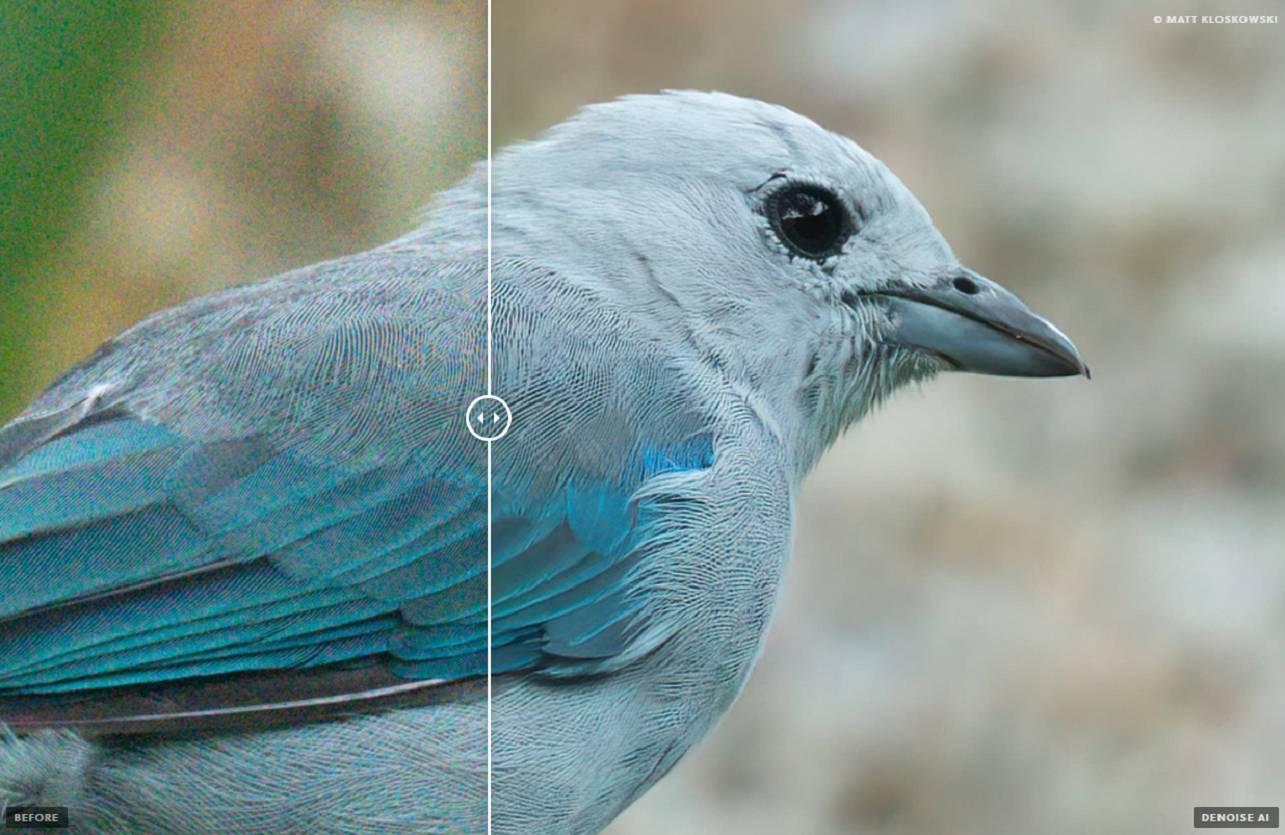
Upscaling
What is the biggest challenge photographers face while scaling up a photo taken in the JPEG format? They end up as blurred photos and lose their sharpness.
Photoshop plugins backed by AI technology can offer a good solution to this issue. By applying deep learning to enhance images, professionals can effectively turn low-resolution images into high-resolution ones.
With the help of neural filters, you can create pixels from existing data and blend them with the image to enhance the resolution.
4. Emulate Top Features with AI-powered Single-Lens
You might have observed that today’s smartphones flaunt 2 to 4 rear cameras to help you capture the finest images. Google Pixel adopts advanced AI technology for photography to supercharge its camera to emulate the effects achieved by dual lenses.
A single lens can now produce the most famous “bokeh effects” by blurring the background and focusing on the subject. The camera can also offer optical zooming without having multiple lenses, all thanks to AI.
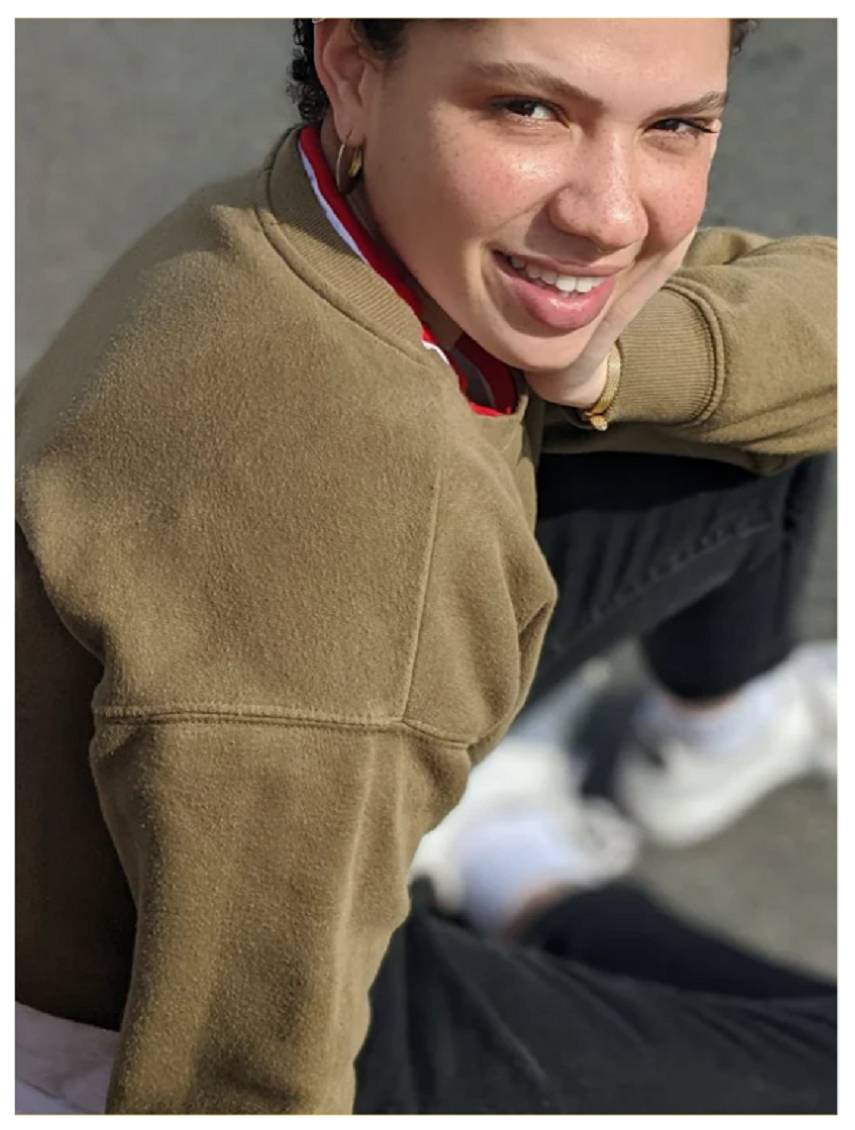
Google also introduced the Top Shot feature powered by AI. This camera software will analyze the quick 3 seconds of video it takes before clicking a photo and offer image recommendations that are free of errors. Isn’t that cool?
Such great quality images can play a major role in helping you with marketing your brand on Instagram as well.
5. Auto Mode Upgrade
For an amateur photographer, auto mode is of great help. Some of the best cameras in the market have a highly advanced auto mode that helps photographers capture high-contrast images effortlessly.
But can features like exposure adjustment, auto-focus, auto-white balance, and so on be called AI technology?
Well, not really.
Although for many years camera manufacturers have been relying on algorithms to refine the ‘auto mode’, it is just the tip of the iceberg as far as AI technology for photography is concerned.
Now, as machine learning and neural networks take over the auto-mode, it truly gets ‘smart’. So much so that AI for photography has started replacing the algorithms that have stood the test of time.
Smartphone users should thank computational photography for the fabulous clicks that they capture. This AI-driven software helps you capture the best shot possible.
However, as AI integrates deeper into devices, having a reliable network security solution becomes crucial to safeguard personal image data processed by these apps.
Can you imagine what it means to achieve the editing sophistication of Photoshop simply by clicking the capture button on your phone?
The software can efficiently manage multiple adjustments — right from reducing blur to fixing color, resolution, brightness, and depth, within a fraction of a second. That’s the impact of AI on photography.
6. Machine-Generated Images
Can you imagine AI as an artist?
That’s right, AI technology is now capable of creating machine-generated images, paintings, music, and even dance moves.
Spectacular isn’t it?
AI uses a set of algorithms called generative adversarial networks (GANS) to generate artificial images that appear as real as the actual images.
With tools like ImagineArt AI Image Generator, you can easily create stunning visuals from simple text descriptions, revolutionizing your creative process.
For instance, if you are doing graphic design for your small business, can you imagine the fantastic graphics you can churn out using AI tools that leverage this tech?
The algorithm is ‘trained’ by using tens of thousands of real images to handle a variety of tasks. That includes upscaling images, creating photos based on text descriptions, and creating images that don’t exist in the real world.
7. Restore and Animate Old Photos
Using AI technology for photography is fun too.
People are nostalgic about old pictures and hold them dear to their hearts. Old family photos, portraits, childhood photos, pictures of historical events in the past century, and so on are so dearly cherished.
Sadly though, many old photographs are crumpled, damaged, and discolored, which may take a lot of time in the lab to be restored. This laborious task is quite expensive too.
By utilizing the surrounding pixels, AI-driven software can fill in the scratches and damaged parts of a photo. It can also detect deformities in the image and work on them accordingly.
Ever since AI was introduced to photography, it has led experts in the field to play around with the specific feature of adding life to old images. Several tools like MyHeritage can take old pictures and animate them to give them an illusion of movement.
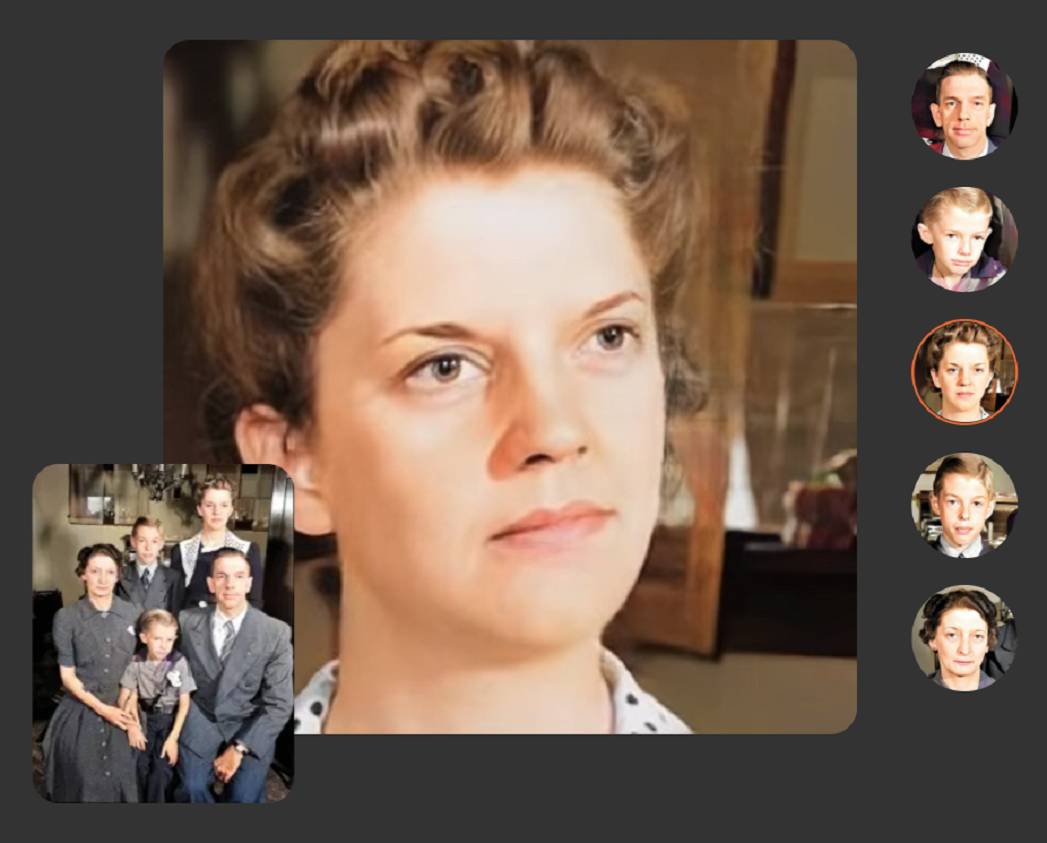
For a few seconds, the people in the photos seem to come to life, as minor facial gestures and moves are added to the photograph. Thus, a simple image is transformed into a high-definition video clip.
8. Arsenal the Intelligent Camera Assistant
“Camera body meets camera brain!” That’s the tagline for the intelligent camera assistant, Arsenal. This AI-enhanced camera accessory was created by Ryan Stout, a photography enthusiast himself.
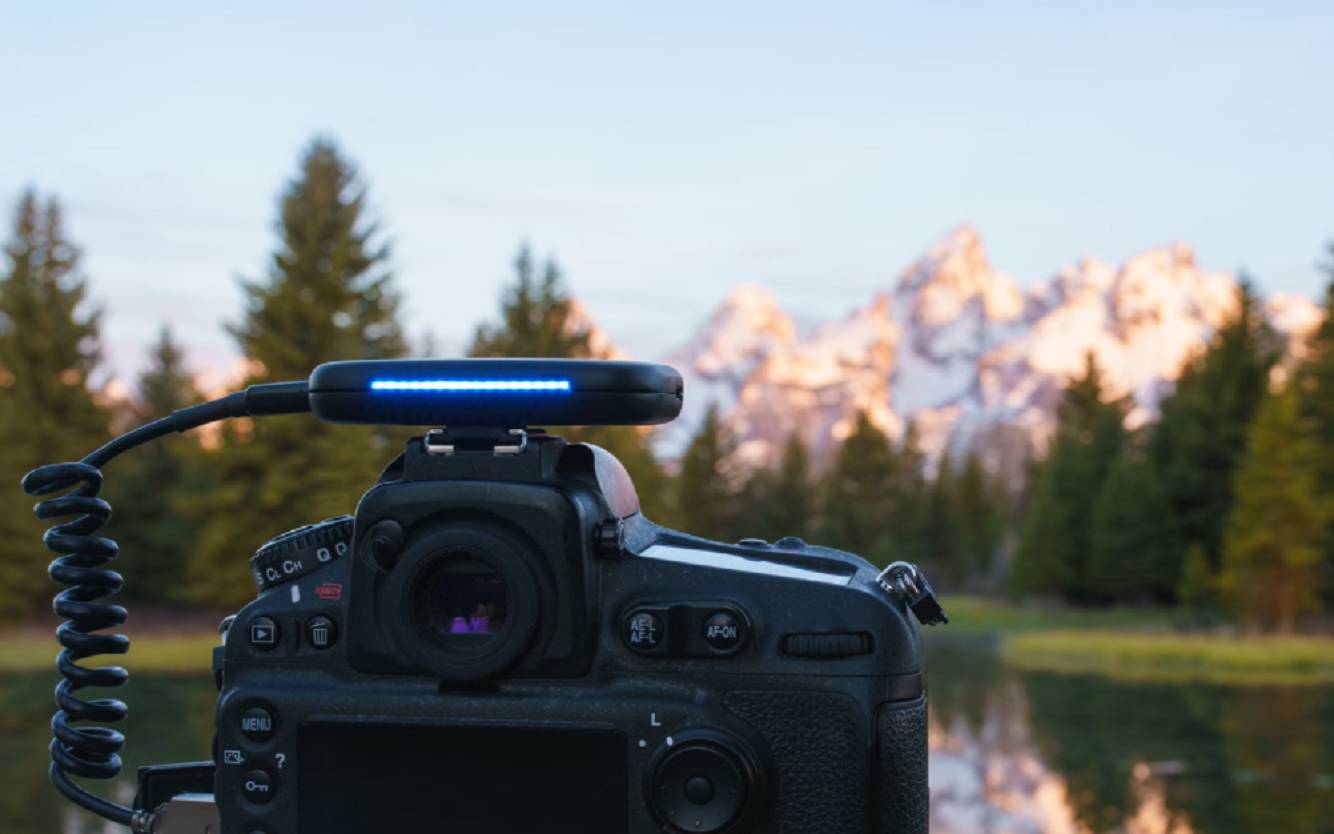
Arsenal is a big leap in AI technology for photography. The software on this device is capable of reading 18 different factors at the location where you are capturing images and decides which settings are the best.
Isn’t that cool?
It can single-handedly analyze factors like shutter speed, exposure, aperture, dynamic range, image stabilization, and much more, all thanks to neural networks. If you are into nature photography, Arsenal can be a great addition to your professional kit.
One of the striking features of Arsenal is “image stacking” where it takes several clicks of the same scene at different exposures. These are then instantly merged and transported to your camera’s SD card.
And the best part?
This AI technology for photography can be connected to your smartphone via Bluetooth, allowing you to manage a variety of repetitive tasks remotely.
9. Google Clips
AI cameras can be defined as the embodiment of AI technology for photography. One of the most popular examples of this is Google Clips, the wearable AI camera.
This camera uses AI tech to capture images from your everyday life and retains only memorable moments.
How does Google Clips decide which images to retain and which ones to erase?
Advanced algorithms.
People detection algorithms used in this camera identify people’s expressions and objects in focus and save those clicks as the “highlights” of the day.
The camera is presently not available in the market but it gives a good idea of what AI technology for photography can achieve.
Final Thoughts
We can definitively say that the world of photography has become more AI inclusive as the days have gone by. Most AI technology for photography is aimed at upgrading the entire experience of capturing and developing photographs.
The AI technology for photography that we have in hand right now is making the job of a photographer easy and exciting. Go ahead and try some of these techs to produce awe-inspiring images.
About Guest Author: Gaurav Sharma
Gaurav is the founder and CEO of Attrock, a results-driven digital marketing company. Grew an agency from 5-figure to 7-figure revenue in just two years | 10X leads | 2.8X conversions | 300K organic monthly traffic. He also contributes to top publications like HuffPost, Adweek, Business 2 Community, TechCrunch, and more.



